The Oldest Corporate Logos in the World
April 2, 2019 by Thomas FrohlichLong before global marketing campaigns, television commercials, and social media, a company’s logo was essential to the success of the brand. Over time, as businesses and consumers have changed, most major companies have also changed their logos dramatically to incorporate modern symbols and aesthetics. Still, some logos have had incredible staying power and have lasted for decades, and in some cases even centuries.
The world’s oldest logos have all retained some core visual element, although several have been noticeably altered. Stella Artois, for example, is recognized by several details of its icon. The horn and the star resting above the label are the features continually represented in the brand’s history.
Click here to see the oldest company logos in the world
Not surprisingly, the original intent behind a company’s icon may be lost to most modern consumers of the brand’s products. In some cases, this is due to the logo predating the company’s current business model. Global energy conglomerate Royal Dutch Shell was originally a shipping company, transporting kerosene to India and returning with seashells to sell in Euro. The company selected a shell image as a result.
On the other hand, paint company Sherwin-Williams’s main product has been consistent since the company was founded in the late 19th century. In 1905 the company chose to symbolize its business with an image of a bucket of paint poured over a drawing of the Earth, a relatively explicit representation that holds up today.
Many companies use their longevity as a selling point to consumers in advertising and on corporate websites. Companies also emphasize that they remain connected to their founding principles, with key management often related to the brand’s inventor or the company’s founder.
While many of these companies operate internationally, all are recognizable to American consumers. Some are industry leaders — Sherwin-Williams, Levi’s, and Heinz, for example, dominate U.S. markets.
Based on a review of the world’s oldest companies, 24/7 Wall St. identified the 10 oldest corporate logos still in use today. In order to be considered, the logo had to currently have an international presence.

1. Stella Artois
> Logo first used: 1366
> Company founded: 1366
> Parent company revenue: $54.6 billion
> Industry: Beverage
The origins of Stella Artois can be traced to 1366 when the Den Hoorn brewery was established in Leuven, Belgium. Local brewer Sebastian Artois bought the brewery in 1708 and renamed it after himself. The word Stella, meaning “star” in Latin, was not added to the name until the company released its first seasonal beer, the Christmas Star, in 1926. However, despite numerous shifts in management over hundreds of years, the original horn logo has not changed. The same horn that once beckoned travelers in Belgium is still prominently featured in the current Stella Artois brand.
[in-text-ad]
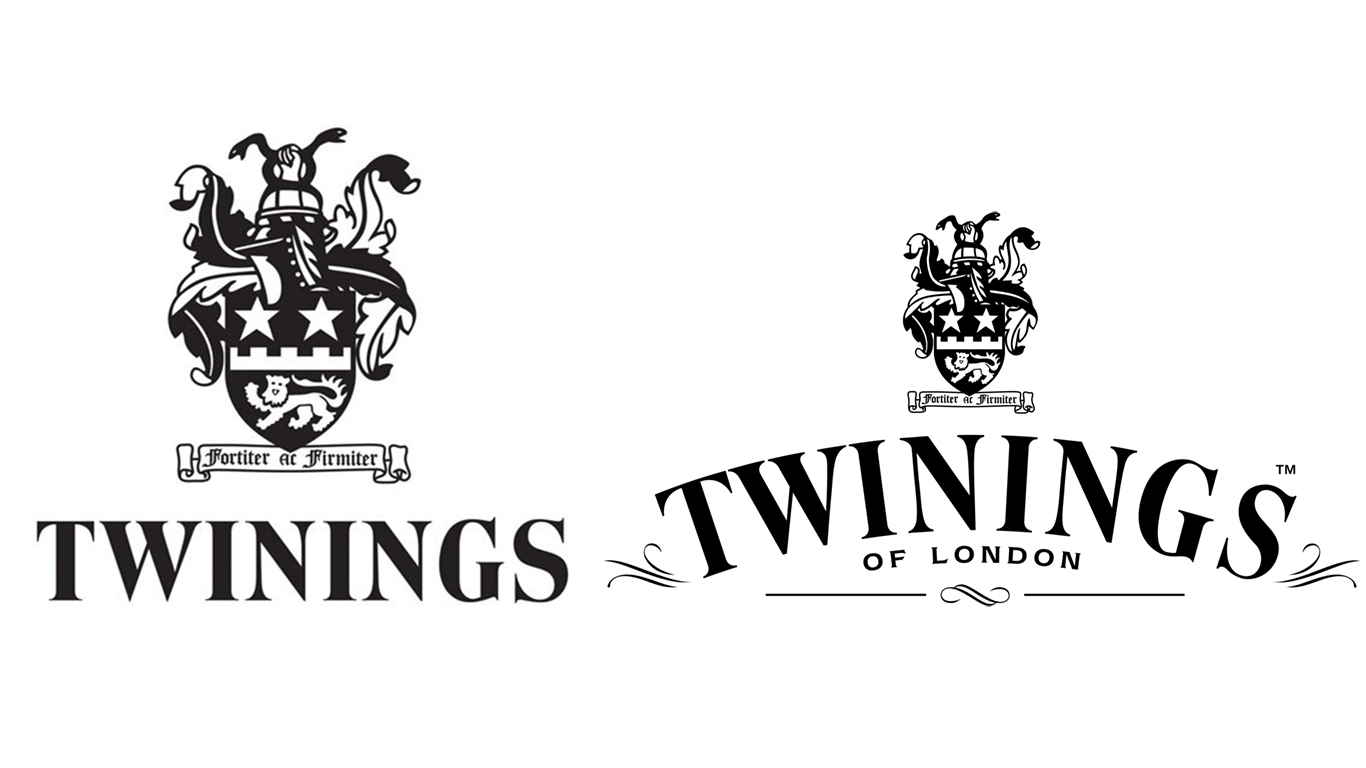
2. Twinings Tea
> Logo first used: 1887
> Company founded: 1706
> Parent company revenue: $20.5 billion
> Industry: Beverage
Twinings Tea has used the same logo — capitalized font beneath a lion crest — continuously for 227 years, making it the world’s oldest unaltered logo in continuous use, according to the company website. Perhaps even more remarkable, the company has occupied the same location on London’s Strand since its founding by Thomas Twining in 1706. Tea consumption was not always essential to everyday British life. Coffee, gin, and beer dominated English breakfast drink preferences in the early 18th century. By the turn of the century, however, tea had become extremely popular. After 10 generations, family-owned Twinings is now a globally recognized company, distributing its tea to more than 100 countries worldwide.
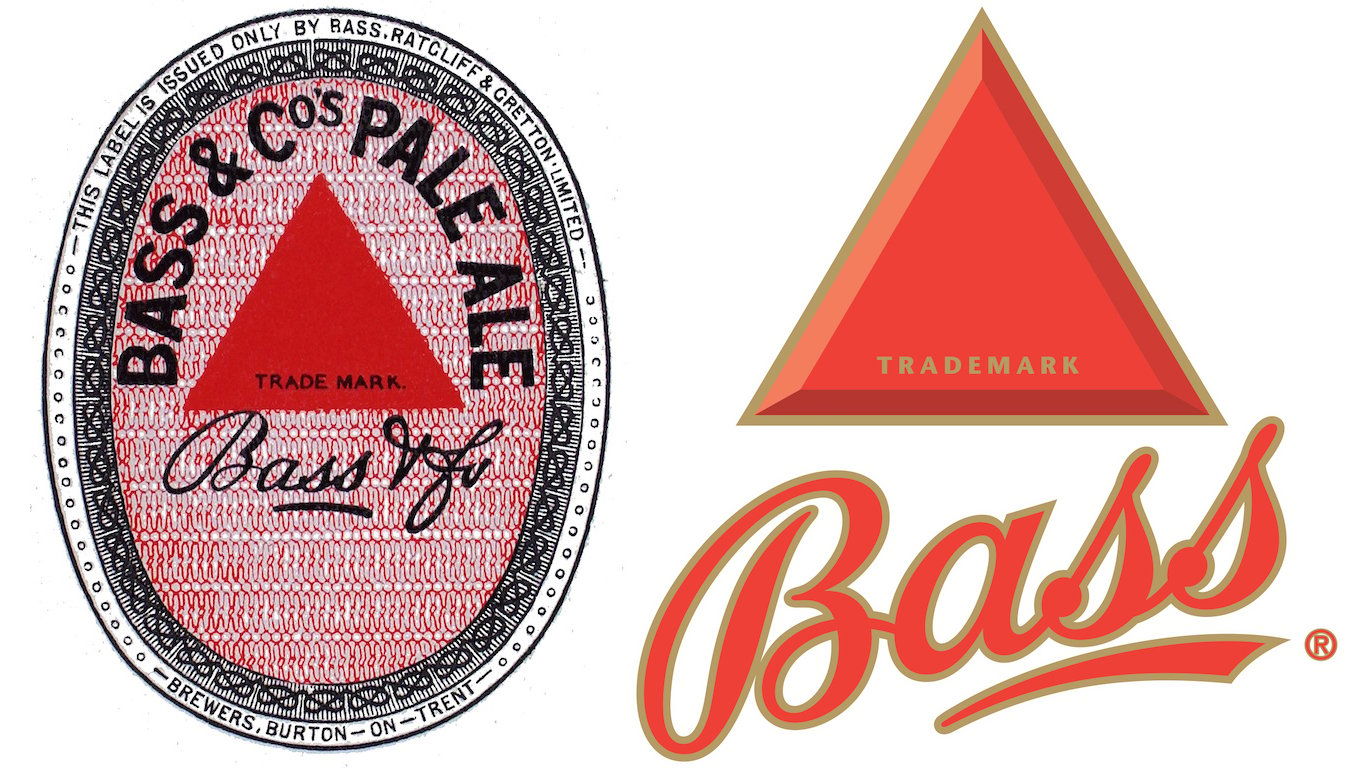
3. Bass Ale
> Logo first used: 1876
> Company founded: 1777
> Parent company revenue: $43.2 billion
> Industry: Beverage
Bass Ale has used the red triangle logo since 1876, when the logo became the first registered trademark ever issued by the British government. Its simple design may have helped Bass become one of England’s leading beer producers by 1890. The logo became so popular that Edouard Manet featured it in his 1882 work “A Bar at the Folies Bergere” and James Joyce explicitly mentioned it in his novel “Ulysses.” Bass Ale is even mentioned in connection with the sinking of the Titanic, as it was carrying 12,000 bottles of Bass in its hold when it sank.
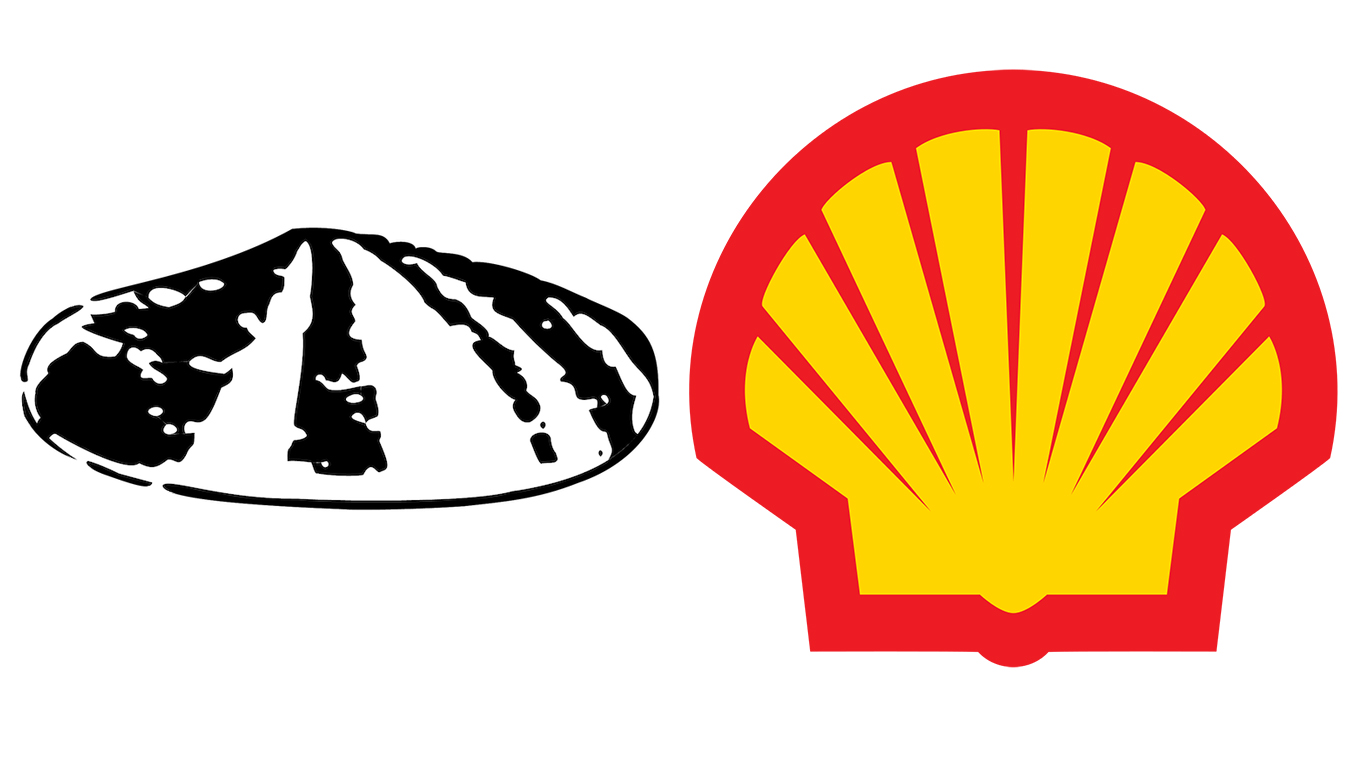
4. Shell Oil
> Logo first used: 1904
> Company founded: 1833
> Parent company revenue: $388.4 billion
> Industry: Energy
In 1891, Marcus Samuel and Company began shipping kerosene from London to India and bringing back seashells for sale in the European markets. Initially, the seashell business was so popular that it accounted for most of the company’s profits. Samuel incorporated the name “Shell” in 1897 and designated a mussel shell as its logo. In 1904, a scallop shell became the official logo. In 1907, Shell merged with the Royal Dutch Petroleum Company, retaining the logo that remains synonymous with the oil conglomerate. In 1915, Shell opened its first service station in California, introducing the red and yellow color scheme still in use. Today, Shell is one of the world’s largest energy companies, with annual revenue in 2018 of $388 billion.
[in-text-ad]
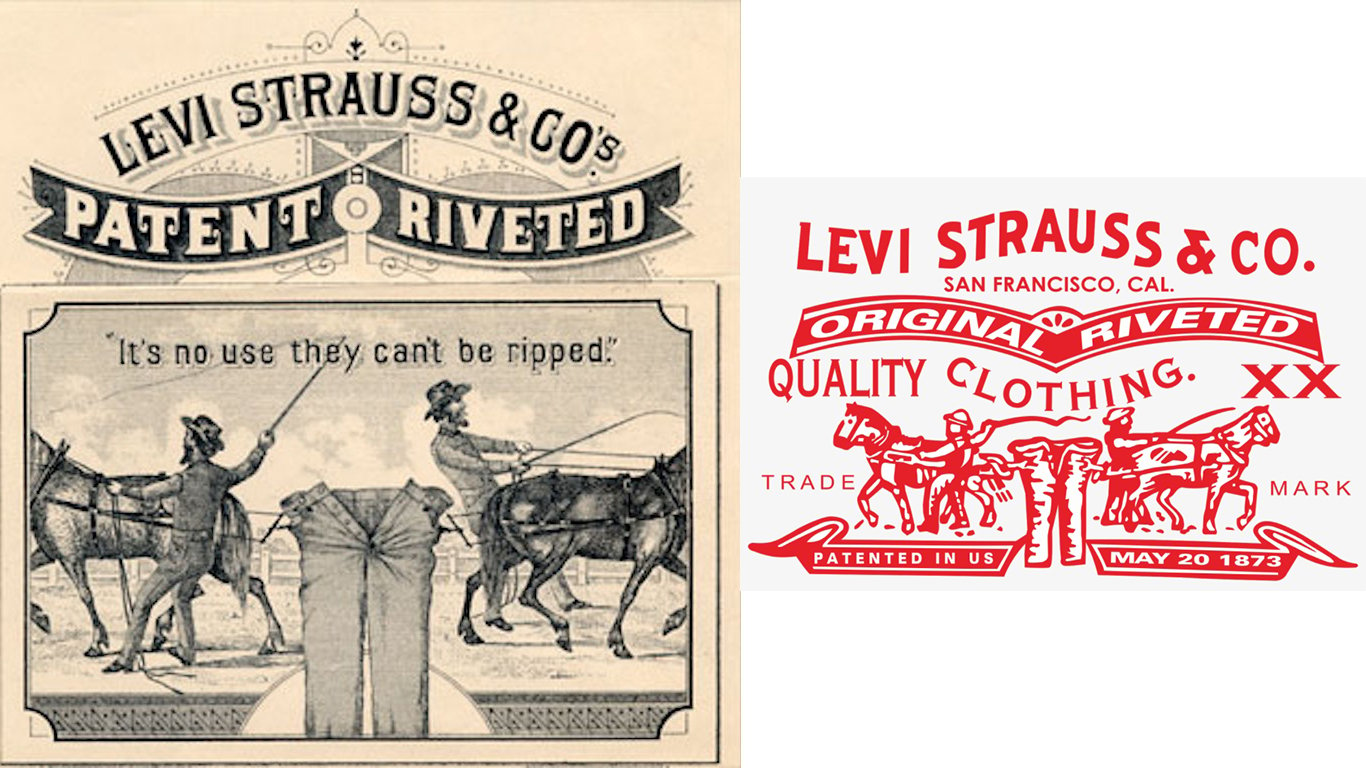
5. Levi Strauss & Co.
> Logo first used: 1886
> Company founded: 1837
> Parent company revenue: $5.6 billion
> Industry: Clothing
Levi’s logo featuring two horses is perhaps just as durable as the denim it is printed on. Levi’s first used the logo in 1886 as a way to grow its market share before its patent on the jean-making process expired. In fact, the logo became so widespread that, according to Levi Strauss & Co., early customers would often ask for “those pants with two horses.” In fact, the brand used the name “The Two Horse Brand’ until 1928, when Levi Strauss officially trademarked the Levi’s name. Its product line now includes jeans, casual and dress pants, and jackets.
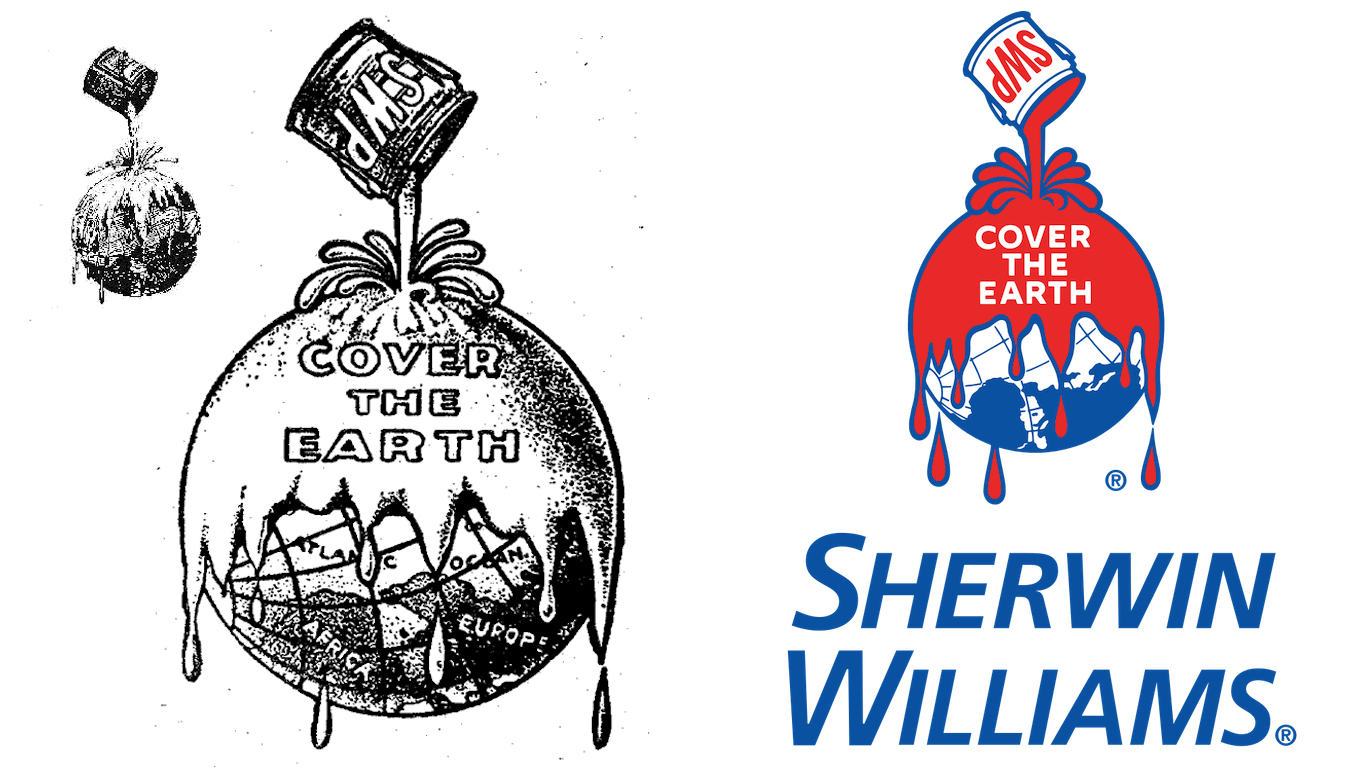
6. Sherwin-Williams
> Logo first used: 1905
> Company founded: 1866
> Parent company revenue: $17.5 billion
> Industry: Specialty chemicals
Sherwin-Williams’s logo was originally created in the 1890s by George Ford, the company’s head advertiser. Despite initial reservations about the design, general manager Walter Cottingham considered it an accurate illustration of the company’s rapid growth. In 1905, the “cover the earth” logo replaced an image of a chameleon as the company’s official logo. Sherwin-Williams, based in Cleveland, Ohio, is one of the world’s largest manufacturers, distributors, and retailers of paint. It has nearly 4,000 stores and employs over 33,000 people worldwide.
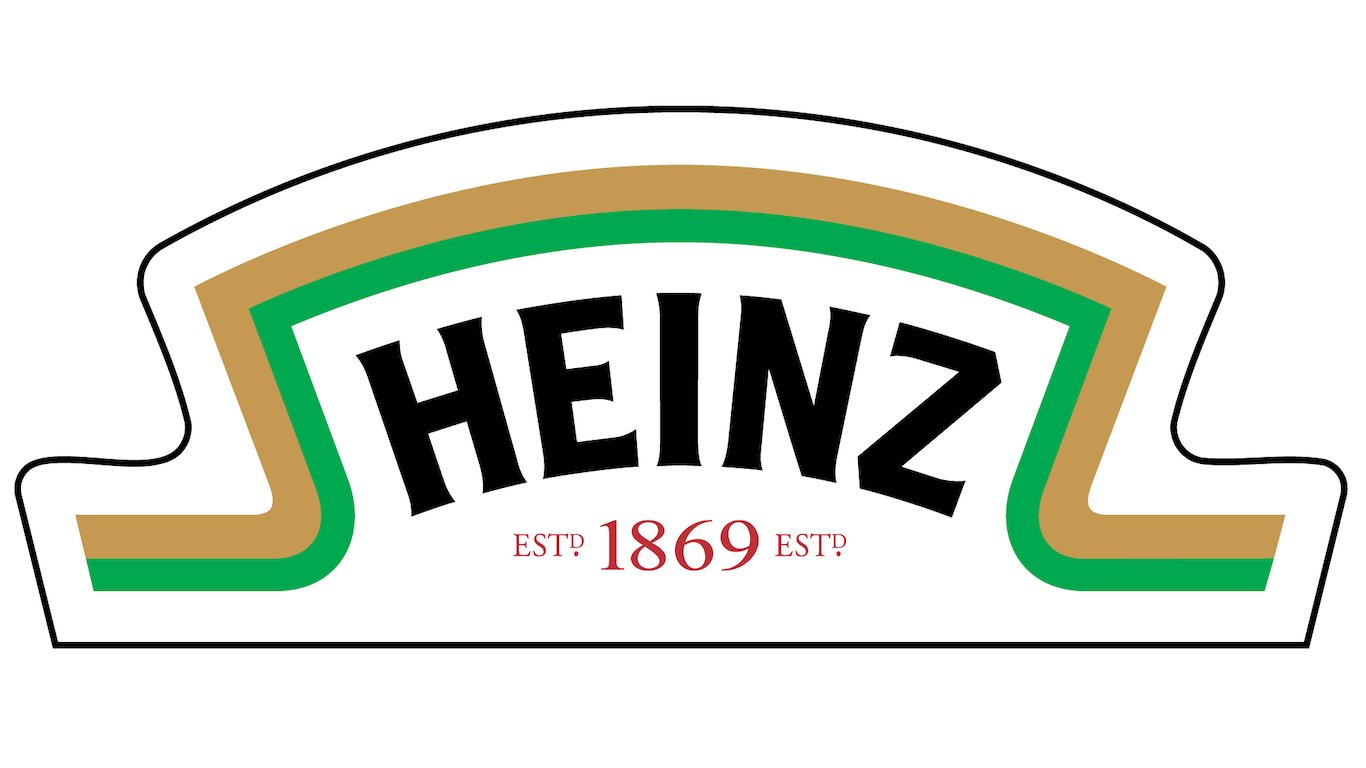
7. Heinz
> Logo first used: 1869
> Company founded: 1869
> Parent company revenue: $26.3 billion
> Industry: Food
Heinz first hit the market in 1869 when Henry Heinz and L. Clarence Noble used vegetables from the garden of Heinz’s mother to bottle horseradish and sell it in U.S. markets. While Heinz & Noble Co. did not survive the financial panic of 1873, Heinz returned to selling condiments in a big way in 1876 when he introduced ketchup to the American consumer. Since 1876, Heinz has grown to supply more than 5,700 products worldwide. The Heinz logo itself has its roots in the original Heinz & Noble Co. of 1869. In terms of font, size, and shape, very little of the logo has changed since its inception. In 2015, Heinz merged with global food company Kraft to become The Kraft Heinz Company.
[in-text-ad]
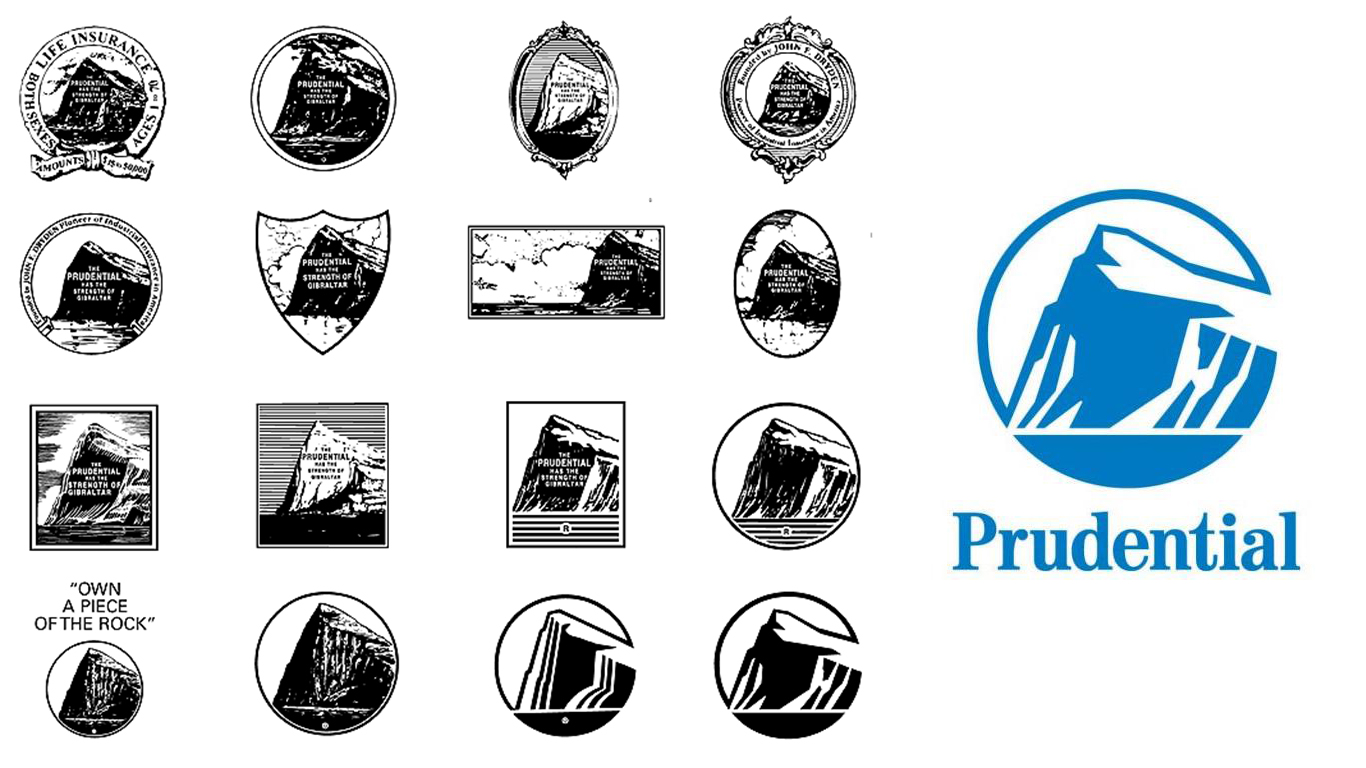
8. Prudential
> Logo first used: 1896
> Company founded: 1875
> Parent company revenue: $62.9 billion
> Industry: Life insurance
Prudential introduced its “Rock of Gibraltar” logo in 1896, shortly after the company was founded. The symbol appeared in a weekly newspaper above the words, “The Prudential has the strength of Gibraltar.” According to the company’s website, the rock is an icon of “strength, stability, expertise, and innovation.” Prudential has always been an insurance company, founded by John Fairfield Dryden as the Prudential Friendly Society in 1875. The prominence of the logo has paid off particularly well in international markets, where Prudential shares a name with local unrelated companies. In these cases, Prudential uses the rock logo with the alternative wording to promote its brand. Prudential Financial, Inc. is now among the world’s largest financial institutions, operating in more than 40 countries around the world.

9. Peugeot
> Logo first used: 1850
> Company founded: 1810
> Parent company revenue: $82.8 billion
> Industry: Automotive
Justin Blazer, an engraver by trade, designed the original Peugeot trademark in 1847. The logo, originally depicting a lion standing on an arrow, has undergone some modifications — the arrow, for example has been removed, and the lion has changed its pose. The company itself has undergone more considerable changes. Peugeot was initially founded in 1810 as a steel manufacturer. Before becoming one of the world’s most well-known automakers, Peugeot was in the bicycle business. Peugeot’s parent company is now known as Groupe PSA.
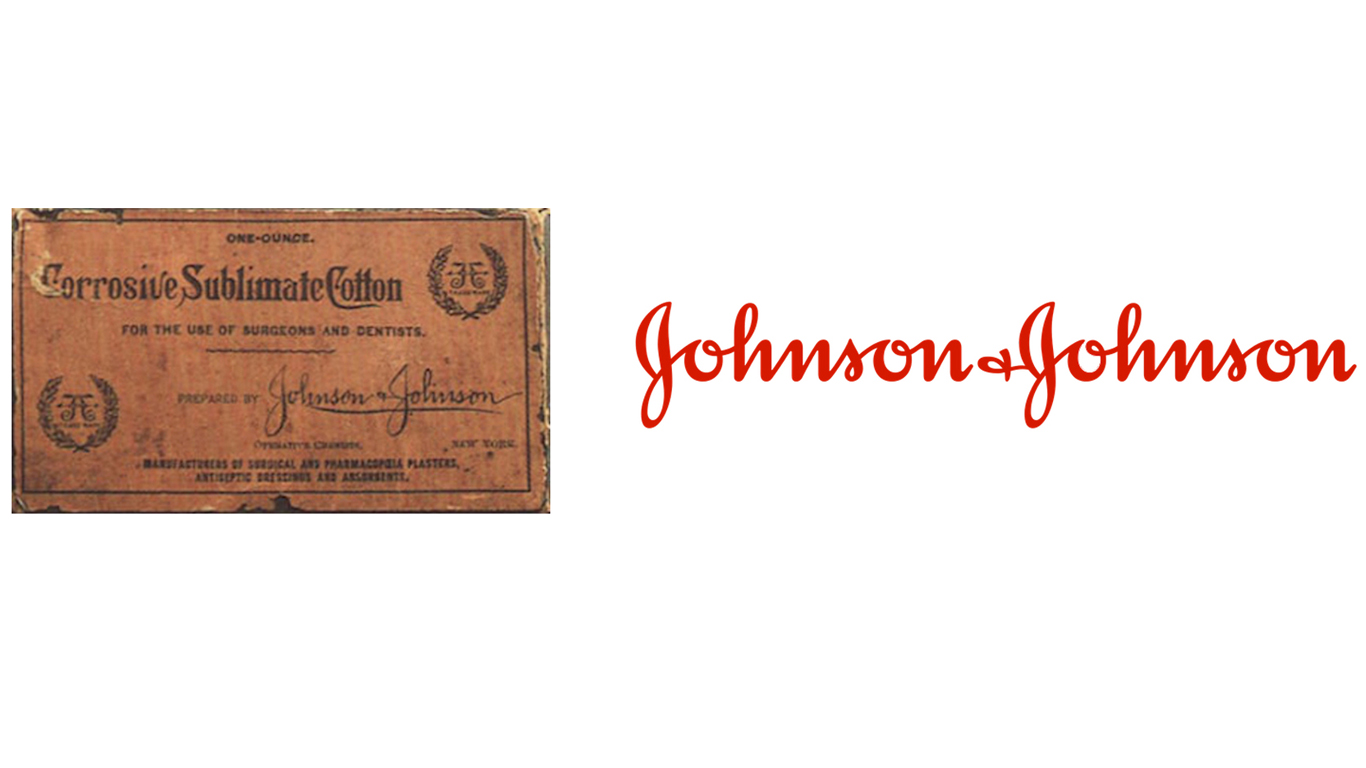
10. Johnson & Johnson
> Logo first used: 1887
> Company founded: 1886
> Parent company revenue: $81.6 billion
> Industry: Drug manufacturers
Johnson & Johnson (NYSE: JNJ) — the first company in the U.S. to mass-produce and distribute sterile surgical dressings — was founded in New Brunswick, New Jersey in 1886. The distinctive cursive of the “Johnson & Johnson” logo was modeled after founding brother James Wood Johnson’s written signature the next year. The logo continues to be among the world’s most recognizable images. Johnson & Johnson is now a publicly traded company manufacturing a wide range of medical and consumer products. The company’s products are sold in nearly every country in the world.
Sponsored: Find a Qualified Financial Advisor
Finding a qualified financial advisor doesn’t have to be hard. SmartAsset’s free tool matches you with up to 3 fiduciary financial advisors in your area in 5 minutes. Each advisor has been vetted by SmartAsset and is held to a fiduciary standard to act in your best interests. If you’re ready to be matched with local advisors that can help you achieve your financial goals, get started now.